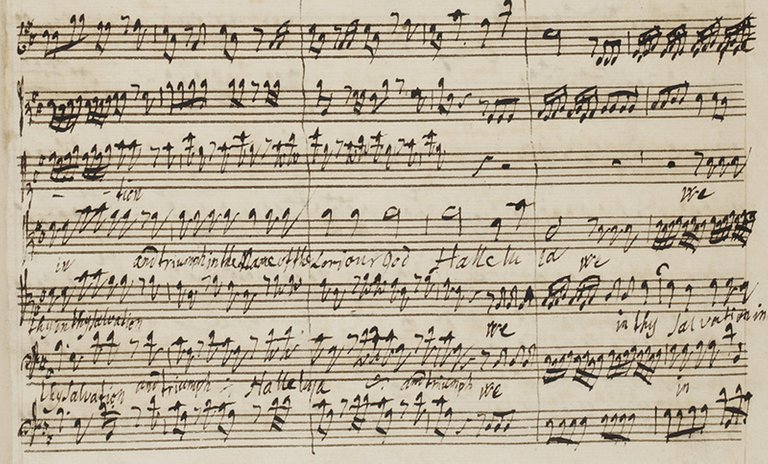
Music Theory For Beginners
Hello everyone and welcome to the sixth lesson in my series Music Theory for beginners, in this series I am going to be covering some basic music theory that will be able to help any player improve their general musicianship and help them to improve on their chosen instrument.
In this lesson, I am going to be introducing intervals and talking a little bit about what an interval actually is, I want to cover an introductory lesson on intervals now, I will then move quickly onto scales and then come back to intervals to solidify the information learned about scales.
Intervals
A good way to visualize intervals is by picturing a flight of stairs. If I have a note at the bottom of the stairs and a note at the top of the stairs then the interval is the number of stairs between the two notes. In a more abstract sense, it is the space between two notes.
You may have heard musicians talk about notes such as major 3rds, perfect 5ths or Octaves. When a musician talks about notes like this they are referring to the interval between the note they are playing and their root note(root notes will become more clear soon).
Semi-tone and Tone
A -- A# -- B -- C -- C# -- D -- D# -- E -- F -- F# -- G -- G#
All semi tones in between.
A -- B -- C -- D -- E -- F -- G
-- T -- S -- T -- T -- S -- T
T = Tone
S = Semi-tone
In the last lesson, we covered the chromatic scale as can be seen above. This scale covers all of the musical notes and each note is separated by a semi-tone. That means that the space between the notes A and A# is a semi-tone or in terms of an interval this is known as a minor 2nd.
If we then look at the second example we can see that I have created a scale that contains no sharps or flats(this is actually an A minor scale but we wont worry about that yet). In this example, we have what is known as a tone(each tone is made up of 2 semi-tones) between the notes A and B. In interval terms, this is known as a major 2nd.
If we go back to the stairs analogy and we think of each step as a semi-tone. If we have the note A and we want to cover a major 2nd to get to the note B, we now know that we have to climb 2 steps to get there(2 semi-tones).
There are lots of integers in the musical world but there are only a few rules that you need to know to be able to identify them all, in a few lessons time I will be covering minor, major and perfect intervals. We will leave augmented and diminished alone for now but they will be covered at some point. There is a lot of information to cover on intervals and this lesson barely grazes the surface.
Conclusion
In this lesson, I have briefly covered what an interval is in preparation for covering some early work on scales, I will return to intervals soon and we will learn about most of the main intervals that are used in music.
If you have any questions about music theory or need any help with any concepts, please leave a comment and I will be happy to help out.
Message to readers
Thanks for taking the time to read my post, if you are interested in Music, Science, Technology or Computer Science then check out my blog, I am making an effort to provide good quality original content to the Steemit community.
Hi @robertlyon,
I just came across your music theory series this morning and wanted to let you know that we're working to build a classical music community here on steemit. If you perform or enjoy classical music, you may want to follow the #classical-music hashtag, the @classical-music and @classical-radio accounts and join our discord group, which is here - https://discord.gg/ppVmmgt. Also, if you're on Facebook, we also have the Steemit's Best Classical Music page.
I have followed you, so I look forward to seeing more of your work.
Thanks very much, I have followed your page, it's good to see that there actually is a classical music community on Steemit.
Oh ok this is nice. i see where you're going with this. I love music. been a musician over 20 years. Good luck and thanks for the info.
P.s. my 2 cents: maybe some notes on a staff tye graphics? they go a long way.
Cheers, I did think about adding some graphics using the stave(i did a few in the previous lessons), wanted to focus more on the concept though rather than any particular interval. Will be adding graphics when I cover each of the intervals within the first Octave in more detail.
Thanks for the input though, appreciate it :)